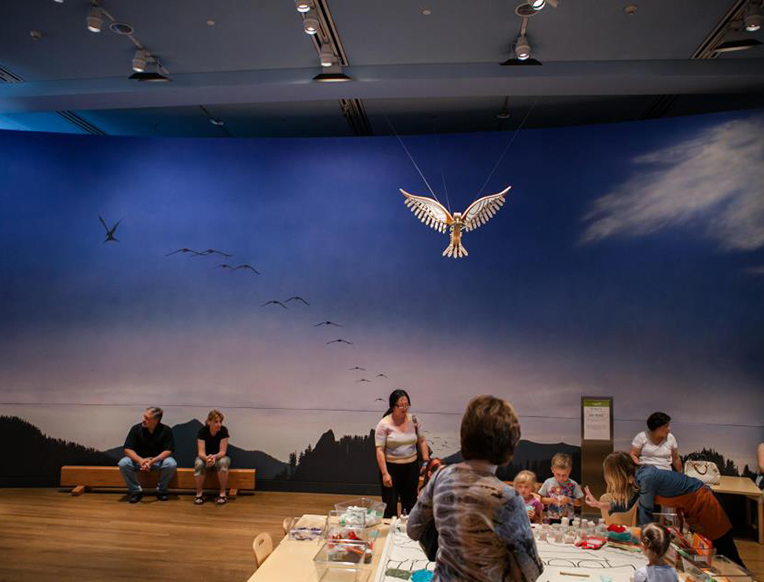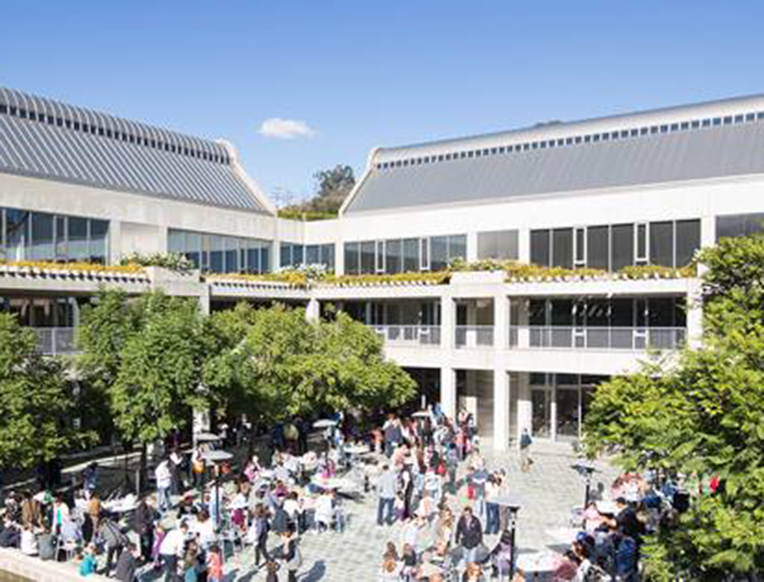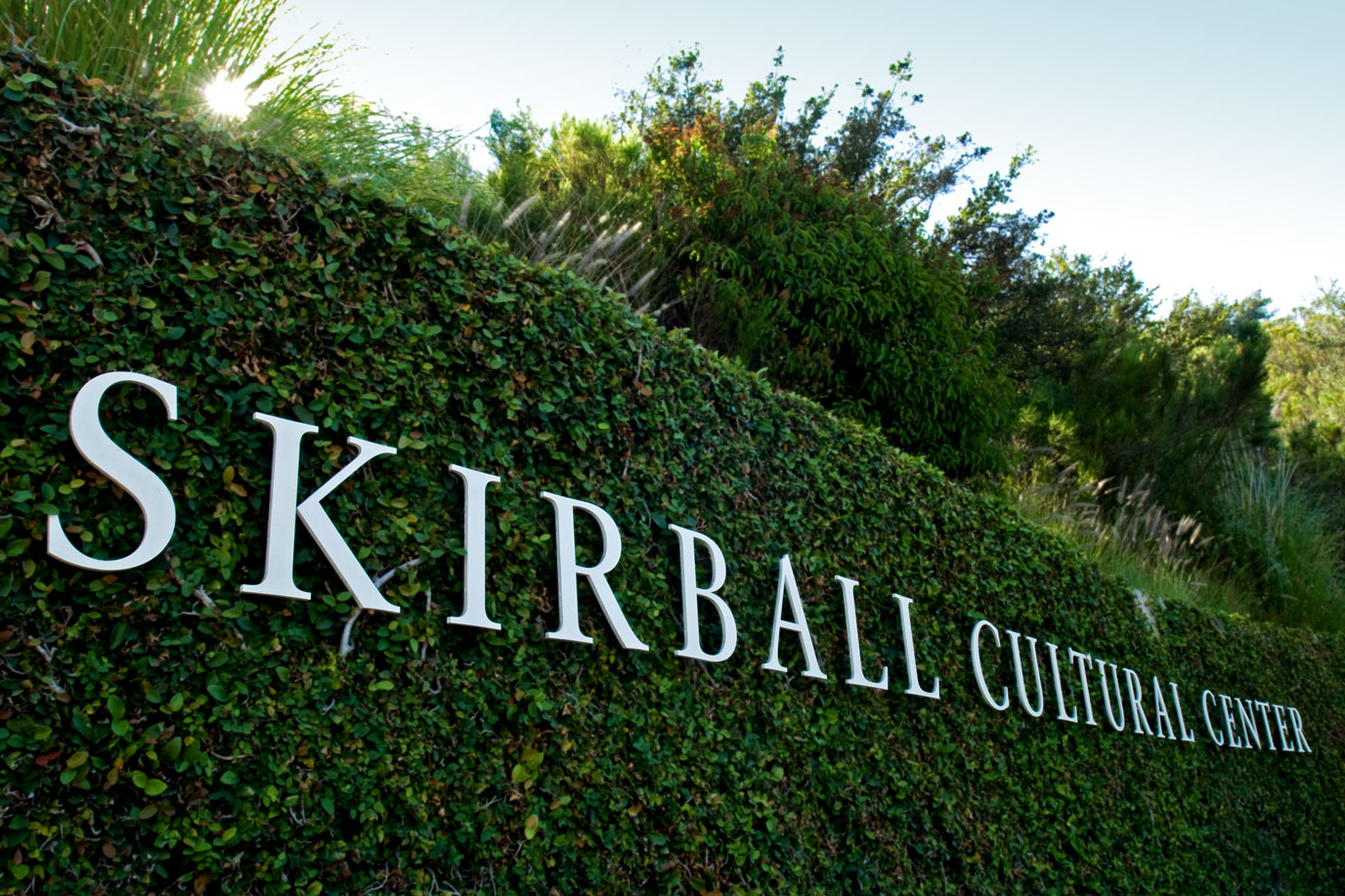The Skirball Cultural Center stands as a beacon of cultural exploration, offering a unique blend of art, history, and community engagement. Nestled in the heart of Los Angeles, this iconic institution invites visitors to immerse themselves in its rich tapestry of exhibitions, performances, and educational programs. As one of the most prominent cultural centers in the United States, it continues to inspire countless individuals through its dedication to fostering understanding and appreciation of diverse cultural heritage.
Since its establishment, the Skirball Cultural Center has become a pivotal hub for cultural enrichment, attracting visitors from all walks of life. By bridging the past and present, it offers a platform for meaningful dialogue and reflection. Its commitment to promoting inclusivity and diversity resonates deeply with the values of the modern world.
This article delves into the myriad offerings of the Skirball Cultural Center, exploring its history, exhibitions, educational programs, and community initiatives. Whether you're a first-time visitor or a regular attendee, this guide will provide you with valuable insights into what makes this cultural center so special.
Read also:Sonia Ammar Unveiling The Remarkable Life And Achievements Of A Global Icon
Table of Contents
- History of the Skirball Cultural Center
- Exhibitions and Galleries
- Educational Programs
- Cultural Events and Performances
- Community Engagement Initiatives
- Architectural Highlights
- Visiting the Skirball Cultural Center
- Family-Friendly Activities
- Volunteering Opportunities
- Future Plans and Expansions
History of the Skirball Cultural Center
The Skirball Cultural Center was founded in 1996, inspired by the vision of Rabbi Uri D. Herscher. The center is named after its principal benefactors, Jack and Audrey Skirball, who envisioned a space where people of all backgrounds could come together to celebrate the shared human experience. Over the years, it has grown to become a vital cultural institution, hosting a wide range of programs and events that reflect its commitment to promoting understanding and respect.
Key Milestones
- 1996: Official opening of the Skirball Cultural Center.
- 2000: Expansion of the museum with new galleries and exhibition spaces.
- 2010: Launch of the Skirball's educational outreach programs.
According to a report by the American Alliance of Museums, the Skirball Cultural Center has welcomed over 5 million visitors since its inception, underscoring its enduring appeal and impact on the community.
Exhibitions and Galleries
The Skirball Cultural Center is renowned for its diverse array of exhibitions that cater to a wide range of interests. From art to history, the center offers something for everyone. The permanent collection includes artifacts that highlight the cultural heritage of Jewish communities worldwide, while temporary exhibitions showcase contemporary art and global issues.
Notable Exhibitions
- "Noah's Ark": An interactive exhibit designed for children, promoting values of cooperation and sustainability.
- "Audacity of Hope": A thought-provoking exhibition exploring themes of resilience and optimism.
These exhibitions are meticulously curated to engage visitors and provoke meaningful discussions. For more information, you can visit the official website of the Skirball Cultural Center.
Educational Programs
Education lies at the heart of the Skirball Cultural Center's mission. The center offers a variety of programs designed to inspire and educate visitors of all ages. These programs include guided tours, workshops, and lectures led by experts in their respective fields.
Program Highlights
- Family Workshops: Hands-on activities for children and parents to explore art and culture together.
- Teacher Resources: Educational materials and training sessions for educators to integrate cultural studies into their curriculum.
Research conducted by the National Endowment for the Arts highlights the importance of cultural education in fostering creativity and critical thinking among students. The Skirball Cultural Center plays a pivotal role in this regard, providing invaluable resources for educators and learners alike.
Read also:Dee Dee Sorvino A Journey Through Her Life Career And Achievements
Cultural Events and Performances
The Skirball Cultural Center hosts a vibrant calendar of events throughout the year. From music performances to theater productions, these events celebrate the diversity of global cultures and traditions. The center's outdoor amphitheater provides a stunning setting for many of these performances, enhancing the overall experience for attendees.
Upcoming Events
- World Music Festival: A celebration of international music featuring artists from around the globe.
- Storytelling Night: An evening of captivating narratives and personal stories shared by community members.
These events not only entertain but also educate visitors about the richness of cultural diversity. For a complete list of upcoming events, check the Skirball Cultural Center's official calendar.
Community Engagement Initiatives
Community engagement is a cornerstone of the Skirball Cultural Center's mission. The center actively collaborates with local organizations and community groups to create programs that address pressing social issues. These initiatives aim to foster inclusivity and empower marginalized communities.
Community Programs
- Youth Mentorship Program: Providing mentorship and support for young people from underserved communities.
- Community Art Projects: Encouraging participation in collaborative art projects that celebrate community identity and pride.
A study published in the Journal of Community Psychology emphasizes the positive impact of community engagement programs on social cohesion and well-being. The Skirball Cultural Center exemplifies this through its dedicated efforts to uplift and empower communities.
Architectural Highlights
The Skirball Cultural Center itself is a work of art, designed by renowned architect Moshe Safdie. The building's striking architecture blends seamlessly with the surrounding landscape, creating a harmonious and inviting environment for visitors. The use of natural materials and innovative design elements reflects the center's commitment to sustainability and environmental responsibility.
According to architectural experts, the Skirball Cultural Center is considered one of Safdie's most iconic works, showcasing his ability to create spaces that inspire and uplift. The center's architecture not only enhances the visitor experience but also serves as a testament to the importance of thoughtful design in cultural institutions.
Visiting the Skirball Cultural Center
Planning a visit to the Skirball Cultural Center is an enriching experience that offers something for everyone. The center is open seven days a week, with varying hours depending on the season. Admission fees are reasonable, with discounts available for students, seniors, and members.
Tips for Visitors
- Book tickets in advance to avoid long lines.
- Explore the outdoor gardens and walking trails for a peaceful retreat.
For those traveling from out of town, the Skirball Cultural Center is conveniently located near major highways and public transportation routes, making it easily accessible for all visitors.
Family-Friendly Activities
Families will find a wealth of activities to enjoy at the Skirball Cultural Center. The center offers interactive exhibits, storytelling sessions, and hands-on workshops designed to engage children and promote learning through play. The "Noah's Ark" exhibit, in particular, has become a favorite among families, offering a creative and educational experience for young visitors.
Family Activities
- Art Making Sessions: Encouraging creativity through guided art projects.
- Nature Walks: Exploring the natural beauty of the Skirball's outdoor spaces.
These activities not only entertain but also educate children about the importance of cultural heritage and environmental stewardship. Families are encouraged to participate in these programs to create lasting memories together.
Volunteering Opportunities
Volunteering at the Skirball Cultural Center provides a rewarding opportunity to contribute to a meaningful cause. The center relies on the support of dedicated volunteers to assist with various programs and events. Volunteers play a crucial role in enhancing the visitor experience and supporting the center's mission.
Volunteer Roles
- Docent: Guiding tours and sharing knowledge with visitors.
- Event Assistant: Helping with the setup and execution of cultural events.
For those interested in volunteering, the Skirball Cultural Center offers training sessions and resources to ensure a positive and impactful experience. Volunteering not only benefits the center but also enriches the lives of those who participate.
Future Plans and Expansions
The Skirball Cultural Center continues to evolve, with exciting plans for future expansions and enhancements. The center aims to increase its capacity to host larger exhibitions and accommodate more visitors. Additionally, there are plans to develop new educational programs and community initiatives that align with the center's mission.
According to the Skirball Cultural Center's strategic plan, these expansions will focus on sustainability and accessibility, ensuring that the center remains a leading institution for cultural enrichment. Visitors can look forward to even more exciting offerings as the center continues to grow and innovate.
Conclusion
The Skirball Cultural Center stands as a testament to the power of cultural exploration and community engagement. Through its exhibitions, educational programs, and community initiatives, it continues to inspire and educate countless individuals. Whether you're interested in art, history, or simply seeking a meaningful cultural experience, the Skirball Cultural Center offers something for everyone.
We invite you to visit the Skirball Cultural Center and discover the enriching experiences it has to offer. Share your thoughts and experiences in the comments below, and don't forget to explore other articles on our site for more insights into cultural institutions around the world.


